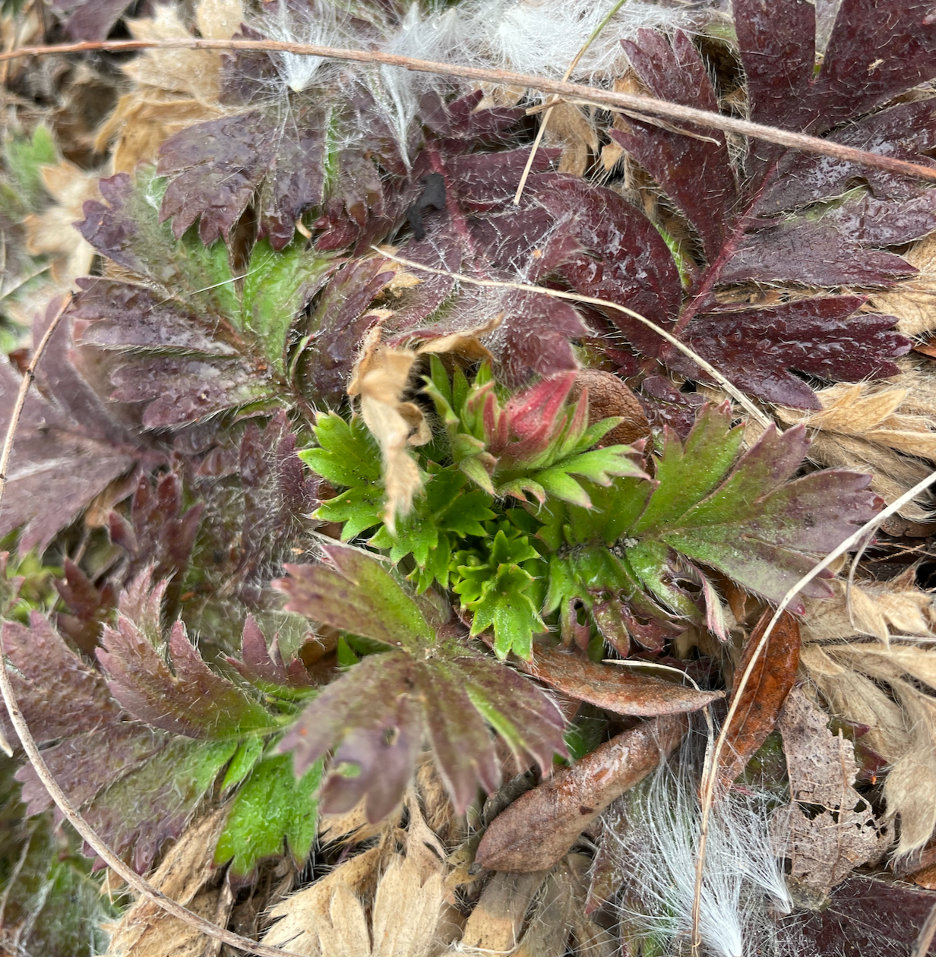30% Off October Sale | October 20 - October 31
30% Off October Sale | October 20 - October 31

In this unusually warm winter, we have had some beautiful weather that makes us think of spring. The early bulbs are starting to bud and bloom, and it feels like a good time to start spring cleanup of our garden beds.
The trouble is, the warmth is not consistent. Some overwintering insects may be waking up early, but there are still cold nights, re-freezes, and even possible snow still to come. Many sources say that you should wait until daytime temperatures are consistently in the 50s, and that’s a good starting point, but our preference is to wait even longer.
It’s best to hold off on the spring cleaning until later, and even then, reduce the amount of disturbance in our beds as much as possible. This is one of those times where you can give yourself permission to spend time outside without having to do garden chores.
If you really want to get out into the garden, here are some things you can do while you wait for gardening season to begin in earnest:
• In high-visibility areas, if the soil is thawed and not too wet, you can re-cut the edges where the lawn meets the planting bed.
• If plant stems have broken and fallen over, you can clip them, leaving the lower parts of the stems standing intact, varying in height between 8 and 24”
• If there are piles of leaves that have matted down and stuck together in the planting beds, you can loosen those up to allow young sprouts to make their way through, without removing them altogether.
• Try indoor seed starting, or outdoor winter sowing in containers. At this time of year, look for seeds with germination code A, which don’t need pre-treatment.
• Prune trees and shrubs while they are still dormant. Look for crossing/rubbing branches, they can cause openings in the bark that invite pathogens.
 Early growth on Jacob’s Ladder, seen on a client’s garden this week
Early growth on Jacob’s Ladder, seen on a client’s garden this week
After clipping stems or thinning the leaf litter, leave the plant material loosely stacked in a lower visibility area of your property, to give any overwintering insects an opportunity to survive these last few weeks of winter and wake up when they are ready.
Allow the leaves to decompose into a healthy mulch that enriches your soil. This is especially important in shade gardens.
Wait to refresh mulch in your planting beds – ground nesting native bees need to be able to emerge from their nests which are in bare soil.
By Betsy Seff
Sources:
“Spring Garden Cleanup” The Garden Scoop, University of Illinois Extension, February 26, 2021
How to Create Habitat for Stem-Nesting Bees, Colleen Satyshur, Elaine Evans, Heather Holm, Sarah Foltz-Jordan
Slow Down on Spring Cleaning in Your Garden, by Keriann Dubina, Forest Preserve District of DuPage County, Apri 9, 2020